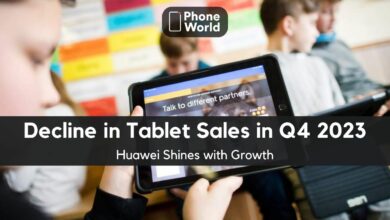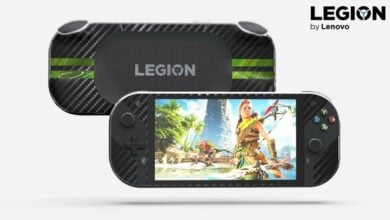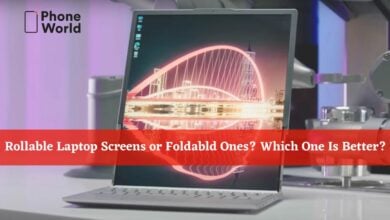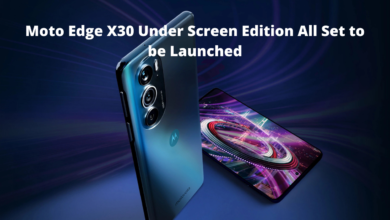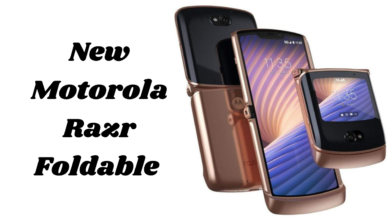Project Crystal: Lenovo’s Revolutionary Transparent MicroLED Laptop
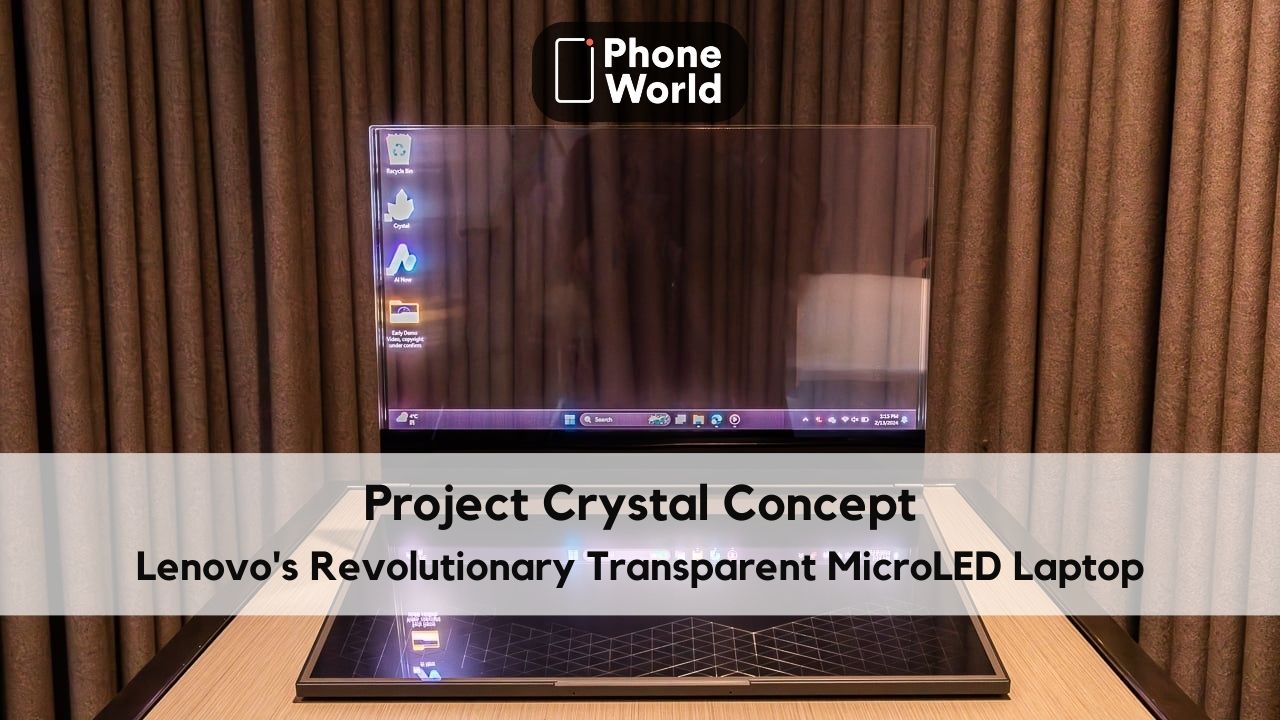
Lenovo’s Project Crystal stands out as a futuristic marvel, resembling a prop from a science fiction film rather than a conventional laptop. With its transparent microLED display, it defies traditional design norms and offers a glimpse into the potential future of computing technology. Lenovo’s Project Crystal serves as a concept device rather than a forthcoming retail product. It was developed by Lenovo’s ThinkPad division to delve into the possibilities of transparent microLED panels and AI integration.
One potential application could be in environments like doctor’s offices or hotel desks, where information sharing is essential. By utilizing software to reverse the display, individuals on the other side can easily view the content without the need to physically flip the screen. This concept demonstrates the innovative potential of transparent display technology in enhancing user experiences and information accessibility.
Motorola Reveals Bendable Phone For Wrists At MWC
The integration of a camera into the rear of the system opens up possibilities for AR applications, according to Lenovo. For instance, the camera could be used to identify objects similar to those in Google Lens. With the transparent display, further enhancements are conceivable. For instance, when troubleshooting or repairing an object, users could overlay diagrams or schematics directly onto the object, providing visual guidance and facilitating the repair process. This demonstrates the potential of transparent display technology to enhance productivity and problem-solving in various contexts.
Tecno to Unveil PolarAce Imaging System, Robot Dog, and More at MWC Tomorrow
The transparency effect of Project Crystal is truly captivating. When closed or with its display off, the screen resembles an ordinary piece of glass with a subtle brownish tint. However, with a simple activation, the entire display illuminates, showcasing its impressive brightness capabilities. Nominal brightness reaches up to 1,000 nits, with the potential for peaks reaching 3,000 nits. Despite consisting of multiple layers, the panel remains remarkably thin, blurring the boundary between the digital and analog worlds. Lenovo is also considering incorporating a contrast layer, allowing the display to transform into a traditional opaque screen with the touch of a button.
Lenovo Legion 9i: Company’s First 16-inch Gaming Laptop
Project Crystal takes a departure from the conventional keyboard design by integrating one of Lenovo’s touch-based replacements, reminiscent of those found on older Yoga books. However, this implementation still faces some familiar challenges. One notable issue is the lack of tactile feedback, leading to drifting hands during typing and reduced accuracy. Lenovo suggests that AI could potentially mitigate this issue in the future by learning an individual’s typing patterns and adjusting accordingly. However, at present, this remains a persistent challenge yet to be fully resolved.
Project Crystal presents itself as a solution looking for a problem, albeit one that exists in niche situations and may warrant more serious consideration in the future. However, its primary significance lies in challenging our perceptions of emerging display technology and how it could potentially integrate into the laptops of tomorrow. While its practical applications may be limited at present, it serves as a thought-provoking exploration of the possibilities offered by transparent microLED panels and AI integration in computing devices.
PTA Taxes Portal
Find PTA Taxes on All Phones on a Single Page using the PhoneWorld PTA Taxes Portal
Explore NowFollow us on Google News!